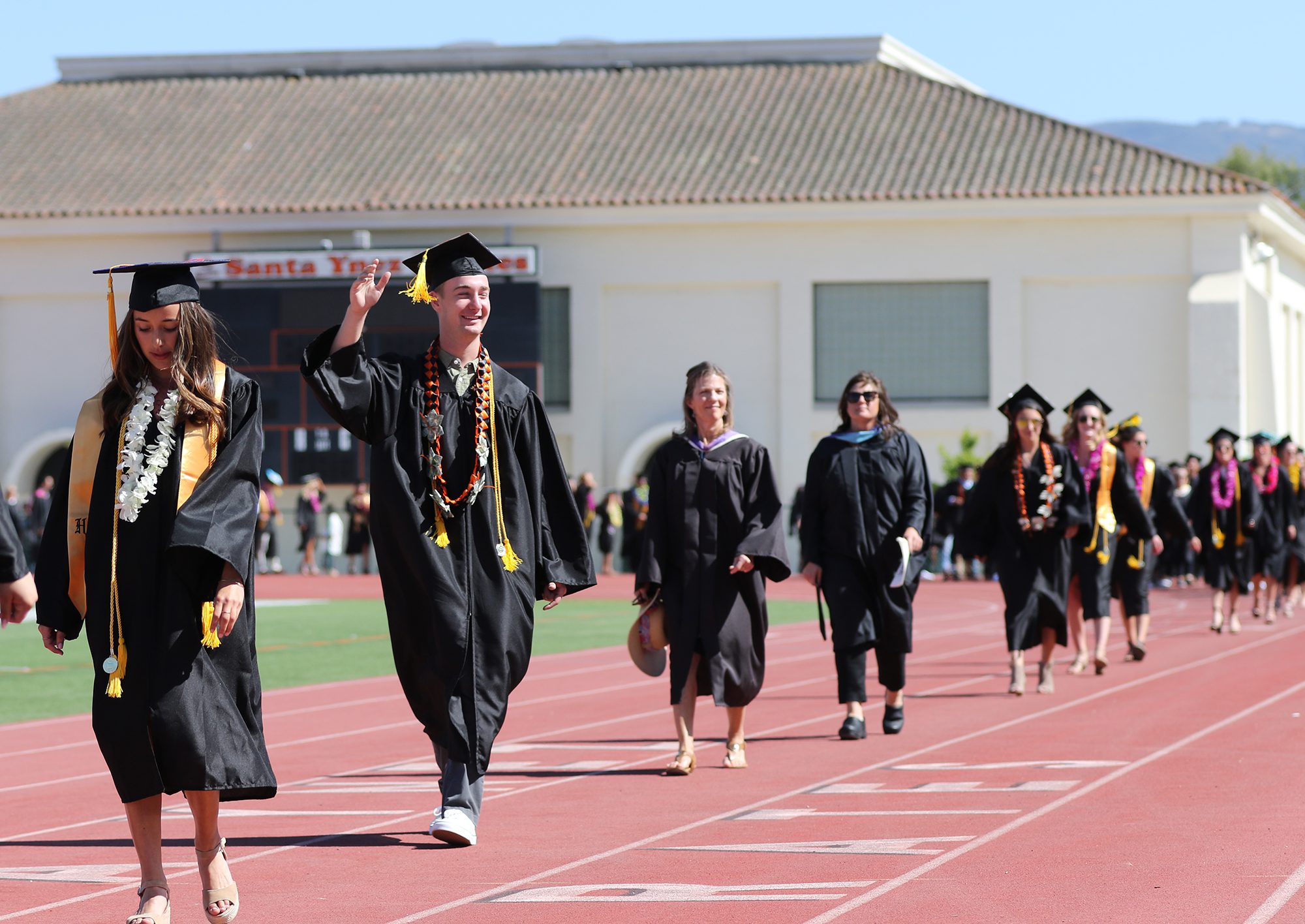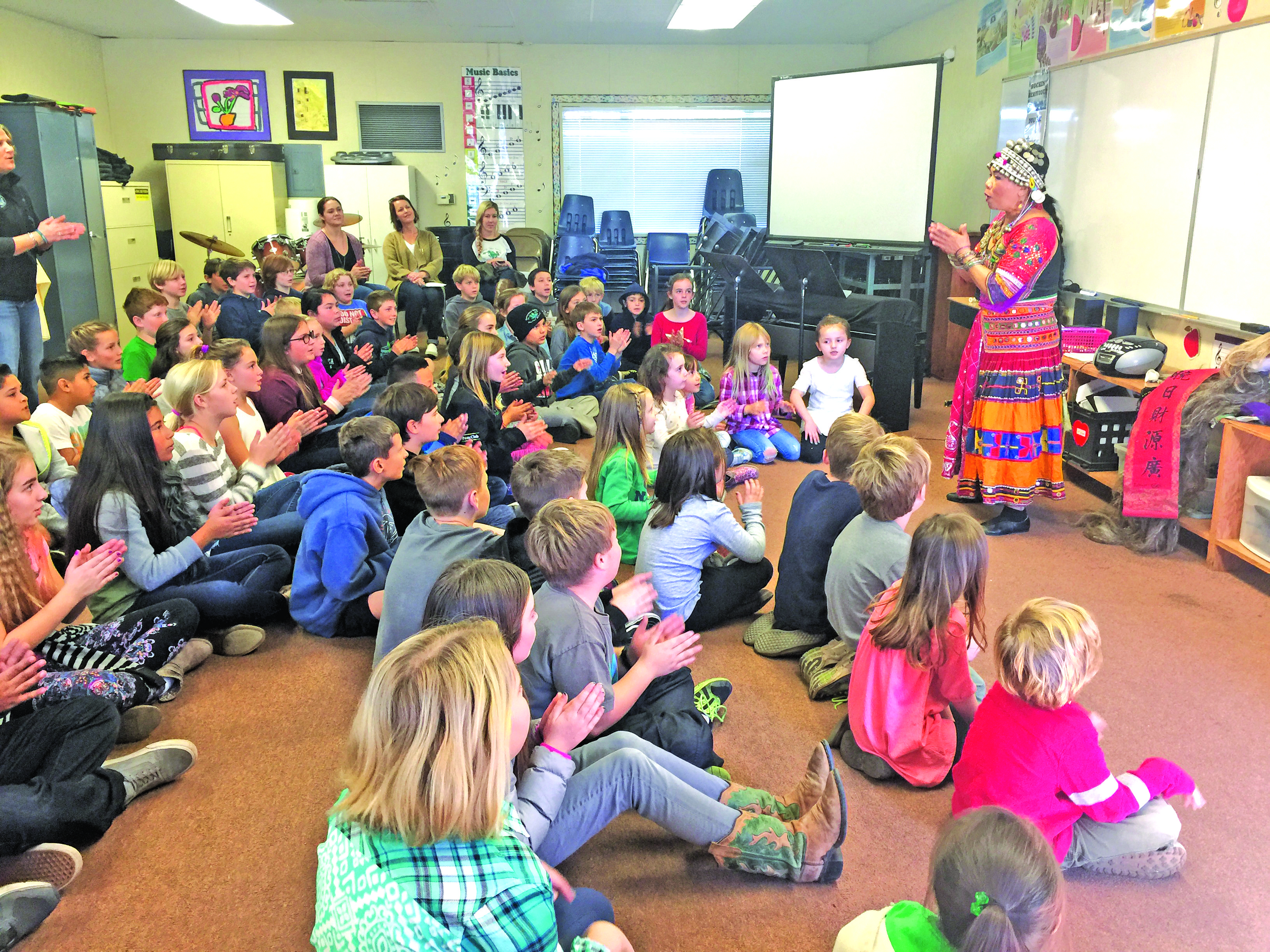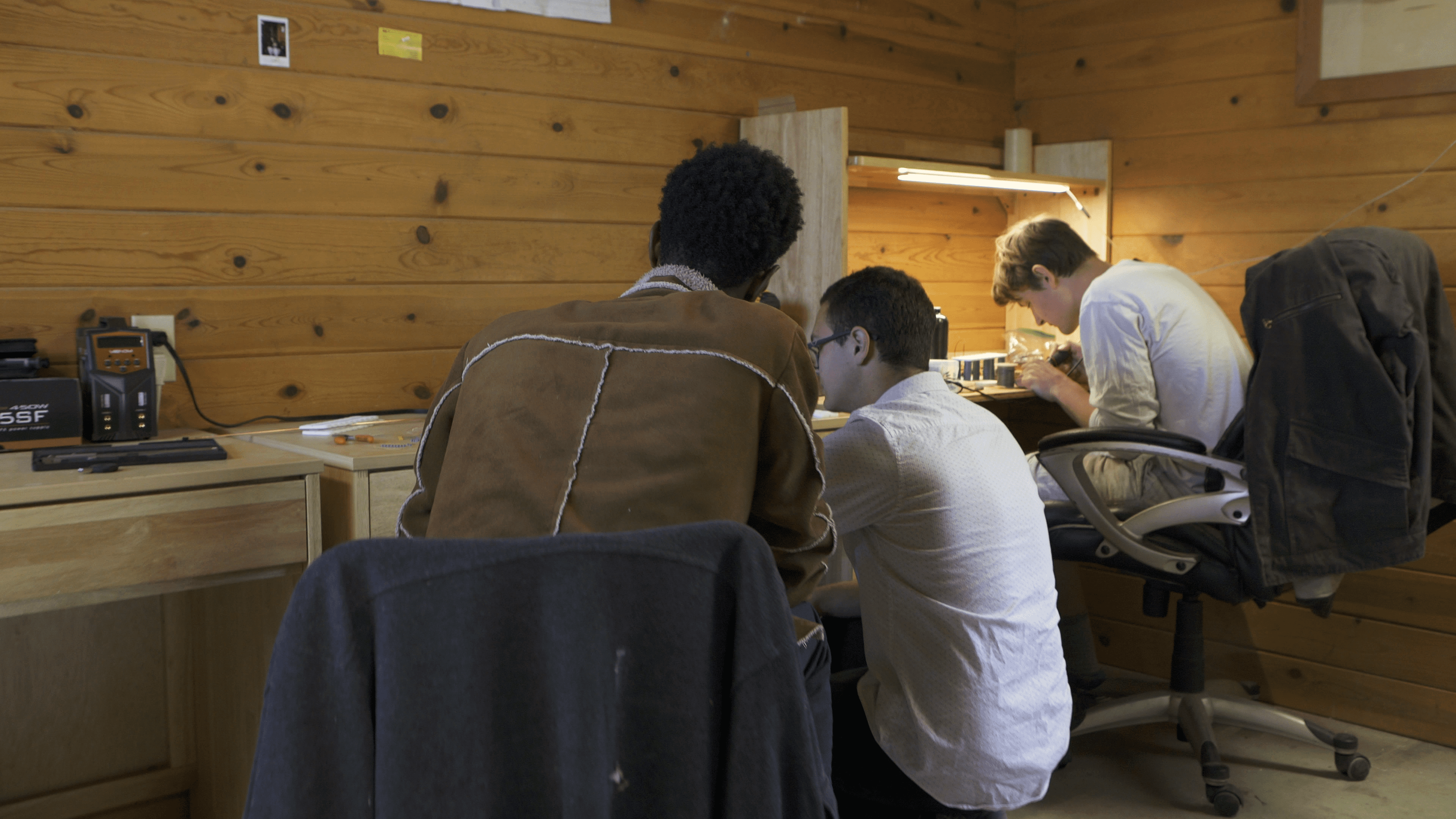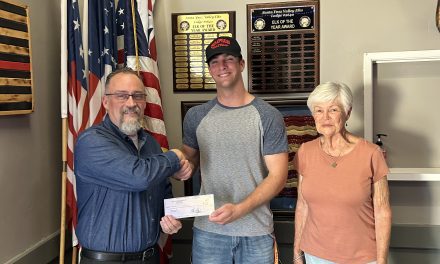By Victoria Juarez
Scholarship Foundation of SB
Recent headlines regarding academic achievement among U.S. adolescents have been indisputably grim, but don’t let that color your impression of Santa Barbara County students.
In fact, many local high school students are downright impressive, academically and otherwise. We see the evidence time and again at the Scholarship Foundation of Santa Barbara.
The Scholarship Foundation recently wrapped up interviews for this year’s honors scholarship program. Limited to high school seniors in southern Santa Barbara County, the program is strictly merit based and routinely attracts the crème de la crème of academic standouts.
Just how remarkable are these students? Try some of these numbers on for size: This year’s top 20 honors finalists have an average GPA of 4.69 and an average SAT score of 1470. Collectively, they have logged just shy of 8,000 hours of volunteer work at 100 community-based organizations. (That comes to about 400 hours per student!) The group includes pilots, entrepreneurs, and accomplished musicians and athletes. One applicant — a 16-year-old — has already completed two associate’s degrees at Santa Barbara City College.
For those who would argue that such academic outliers are not indicative of student outcomes countywide, consider this: The average GPA for all 2,447 Scholarship Foundation recipients last year was a robust 3.87. Given the fact that our scholarship recipients hail in roughly equal numbers from points north and south in Santa Barbara County, we can say with some confidence that good things are happening in local high schools.
None of this is meant to gainsay or minimize the headwinds buffeting public education in the United States, particularly at the secondary level. The problems facing our schools nationwide are very real and serious.
Last month, the latest results from the Program for International Student Assessment, an international exam taken by 15-year-olds, showed that U.S. teens continue to lag behind their European and East Asian peers in reading, science and math.
Reading and math scores for U.S. students have not changed significantly since the exam was first administered in 2000, though there have been improvements in science. The United States ranks 30th in the world in math, according to the National Center for Education Statistics, just ahead of Belarus and Malta.
Some economists assert that the dismal showing is at least partly the result of poor motivation. U.S. students apparently lag in both effort and achievement, though critics have long said that PISA scores do not accurately measure students’ ability, knowledge and learning.
Closer to home, we have a more edifying story to share. The students in our community are doing amazing things in the classroom and beyond. Keep that in mind the next time you encounter a dispiriting headline or report about U.S. high school students.
Victoria Juarez is president and CEO of the Scholarship Foundation of Santa Barbara. The opinions expressed are her own.







